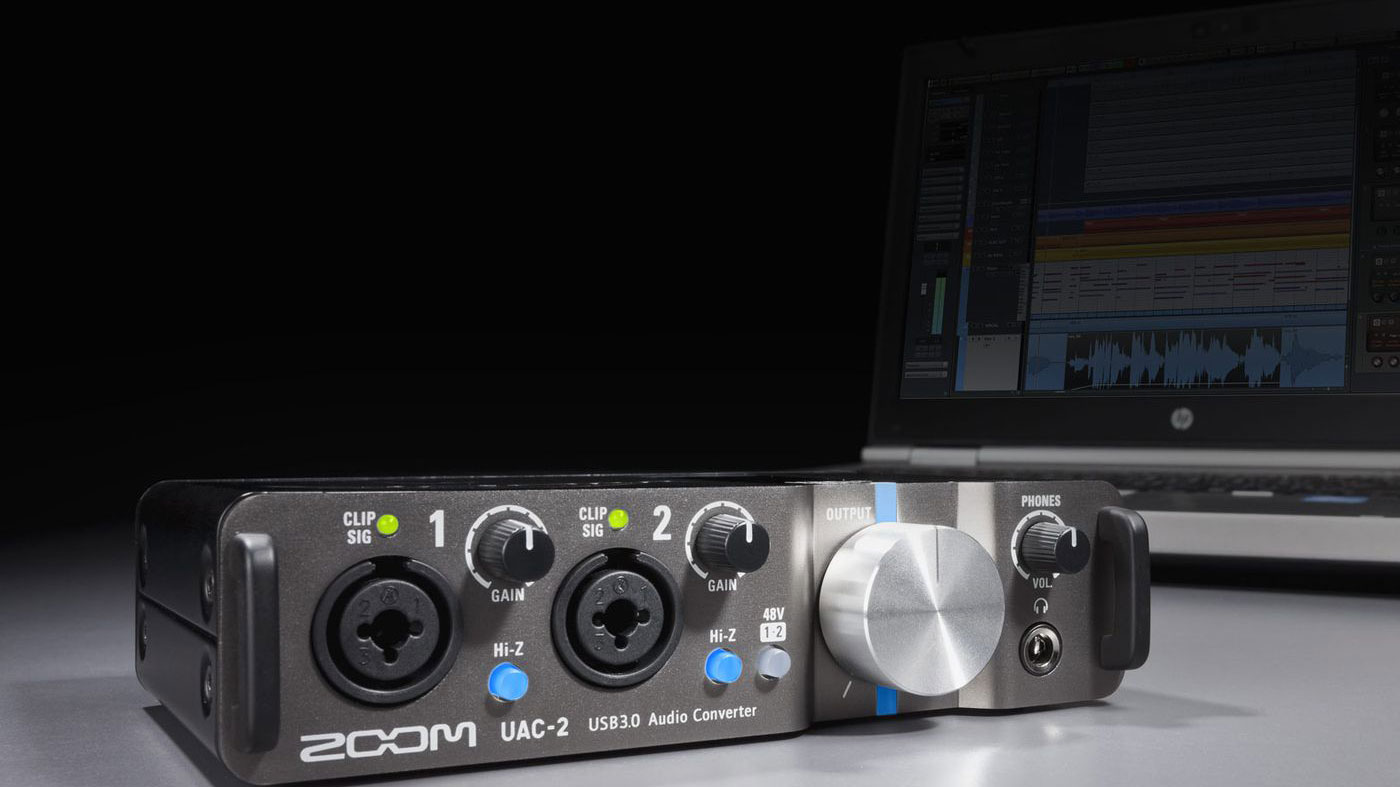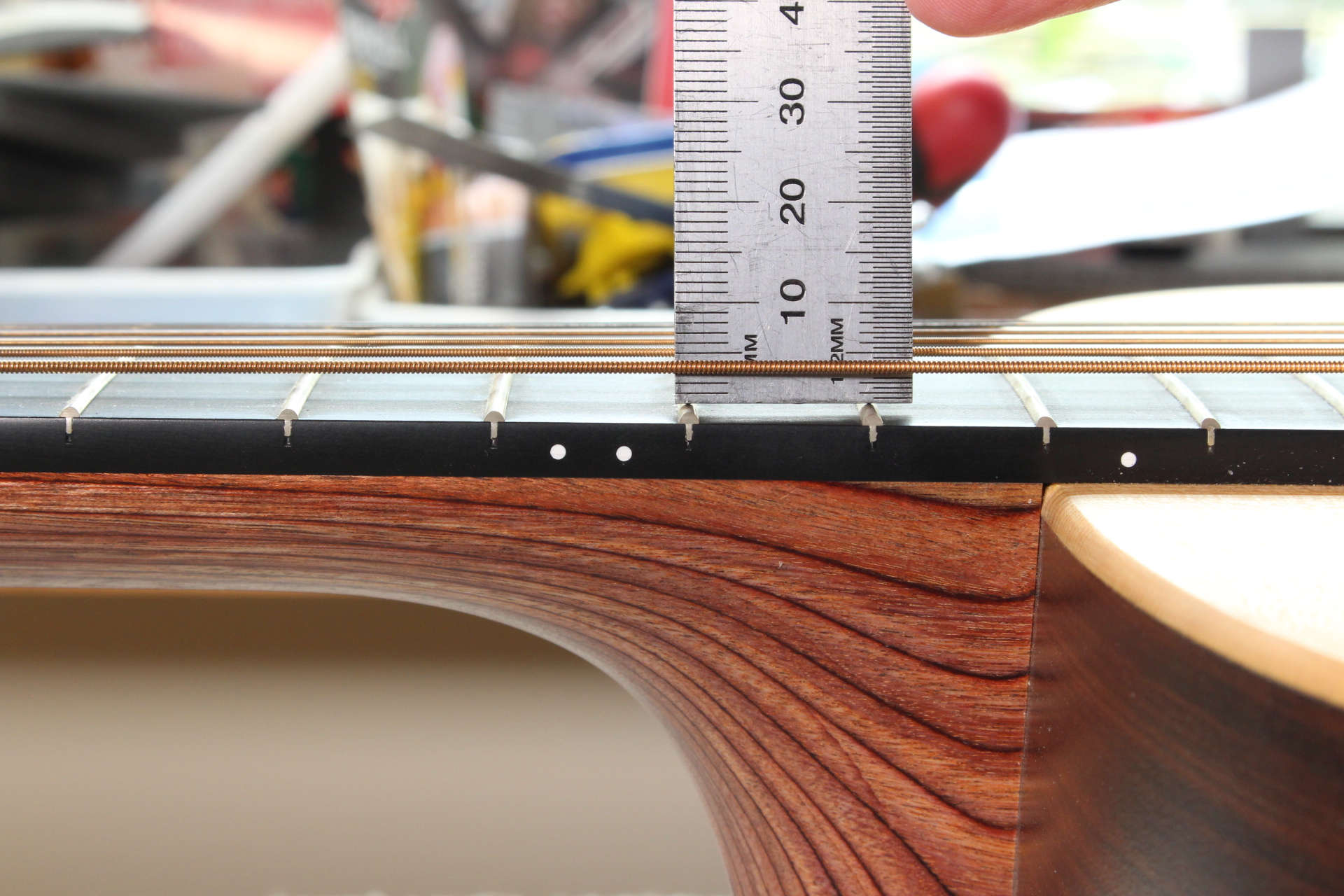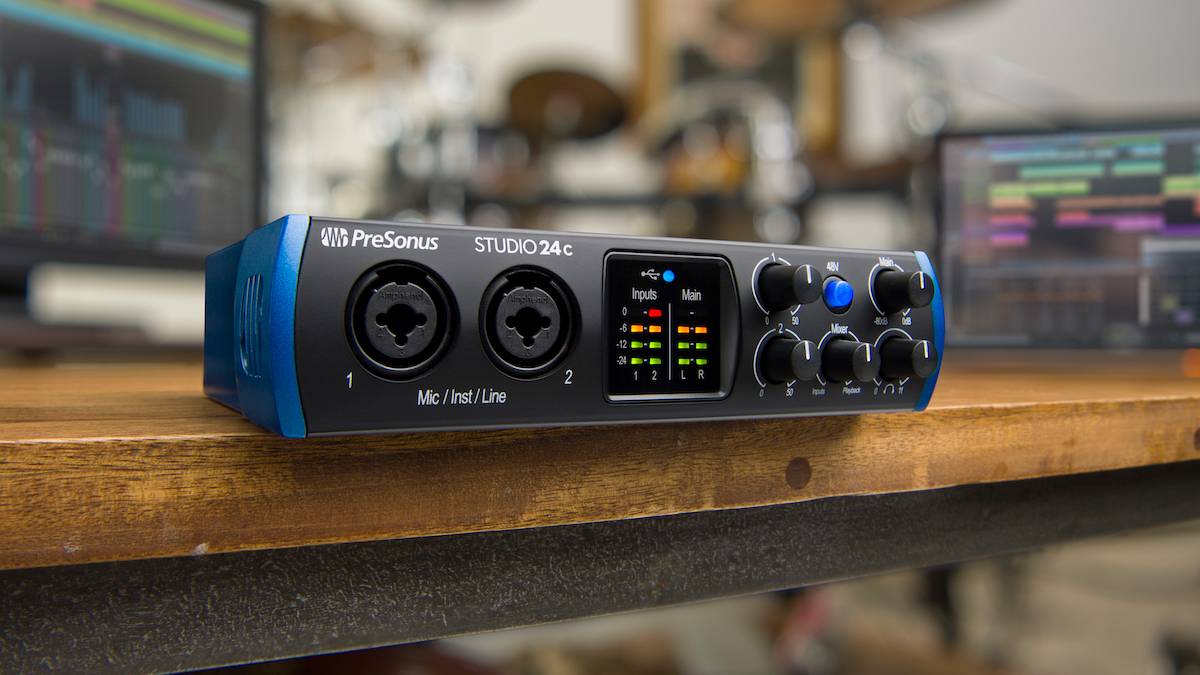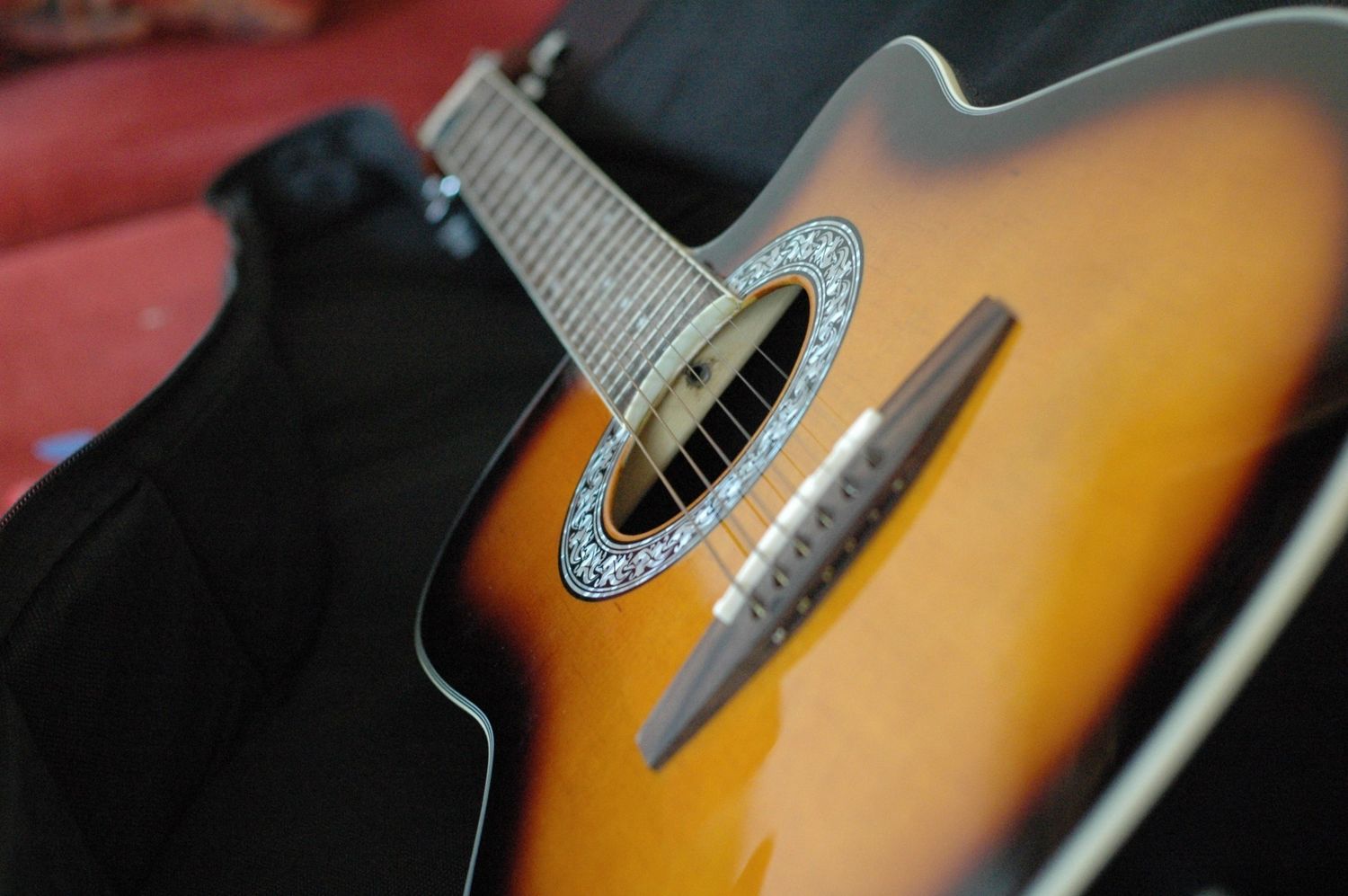Home>Instruments>Guitar>Should I Still Play Guitar Even When My Fingers Hurt?
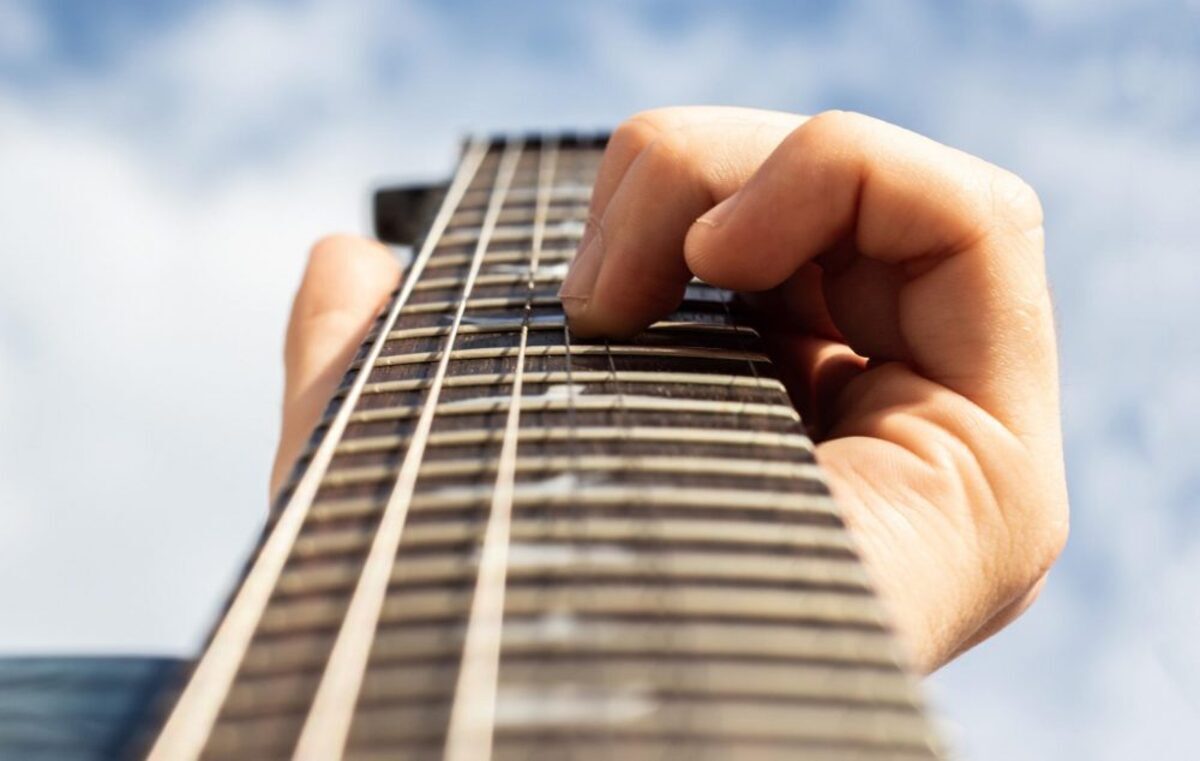

Guitar
Should I Still Play Guitar Even When My Fingers Hurt?
Published: February 15, 2024
Discover why playing the guitar is still worth it, even when your fingers hurt. Learn how to manage the pain and keep playing. Find out more about guitar playing and finger pain.
(Many of the links in this article redirect to a specific reviewed product. Your purchase of these products through affiliate links helps to generate commission for AudioLover.com, at no extra cost. Learn more)
Table of Contents
Introduction
Playing the guitar is a rewarding and fulfilling endeavor that brings joy and creativity to countless individuals around the world. However, for many guitarists, the journey to mastery is often accompanied by the discomfort of sore fingers. Whether you’re a beginner learning basic chords or an experienced musician pushing the boundaries of technical proficiency, the sensation of soreness and even pain in your fingertips is a common experience.
As a guitarist, it’s natural to wonder whether it’s advisable to continue playing when your fingers hurt. This concern is particularly relevant for those who are dedicated to honing their skills and committed to consistent practice. In this article, we’ll delve into the nuances of playing the guitar with sore fingers, exploring the reasons behind the discomfort, the potential risks and benefits, practical tips for managing the pain, and knowing when it’s time to take a break. By understanding and addressing these aspects, you can make informed decisions about your guitar practice and prioritize both your musical development and physical well-being.
Understanding the Pain
When your fingers hurt from playing the guitar, it’s essential to recognize the underlying causes of this discomfort. The primary source of pain for guitarists is often the pressure exerted on the fingertips when pressing down on the strings. This pressure can lead to soreness, tenderness, and sometimes even calluses as the skin adapts to the repetitive friction and stress.
Additionally, the development of finger strength and dexterity requires consistent practice, which can contribute to muscle fatigue and strain. As a result, guitarists may experience aching or stiffness in their fingers, particularly when learning new techniques or playing for extended periods.
It’s important to differentiate between the normal discomfort associated with building calluses and muscle memory and the pain that may signal an underlying issue. Persistent or sharp pain, especially in the joints or tendons, could indicate overuse or improper technique, potentially leading to more serious injuries such as tendonitis or carpal tunnel syndrome. Understanding the nature of your pain and its potential causes is crucial for maintaining your long-term playing ability and preventing chronic injuries.
By gaining insight into the physical demands of playing the guitar and the adjustments your body undergoes to accommodate these demands, you can develop a deeper understanding of the pain you experience. This understanding will empower you to make informed choices about your playing habits and seek appropriate remedies to alleviate discomfort and promote healthy, sustainable guitar practice.
Risks and Benefits of Playing with Sore Fingers
Playing the guitar with sore fingers presents a unique set of risks and benefits that every guitarist should consider. On one hand, persisting through the discomfort can demonstrate dedication and commitment to your craft, allowing you to push through challenges and build resilience. It can also contribute to the development of calluses, which provide a protective layer on your fingertips, reducing sensitivity and enabling you to play for longer durations with greater ease.
However, it’s crucial to be mindful of the potential risks associated with playing with sore fingers. Continuously subjecting your fingers to excessive pressure and strain can exacerbate existing discomfort and lead to more serious injuries, hindering your progress and causing prolonged setbacks. Moreover, playing through intense pain may inadvertently reinforce poor technique or posture, increasing the likelihood of repetitive strain injuries and musculoskeletal issues in the long run.
It’s essential to strike a balance between perseverance and self-care. While occasional discomfort is a natural part of the learning process, it’s important to listen to your body and recognize when the pain is indicative of overexertion or potential harm. Being attuned to your physical limits and implementing appropriate rest and recovery strategies can prevent the escalation of minor discomfort into chronic conditions, safeguarding your ability to play and enjoy the guitar in the long term.
Tips for Playing with Sore Fingers
Managing sore fingers while playing the guitar requires a combination of practical strategies and mindful approaches to ensure both comfort and progress. Here are some valuable tips to help you navigate the challenges of playing with sore fingers:
- Proper Technique: Focus on maintaining correct hand positioning and finger placement to minimize unnecessary strain on your fingertips. Ensuring that you’re pressing the strings with the tips of your fingers, rather than the pads, can distribute the pressure more evenly, reducing discomfort.
- Gradual Progression: If you’re experiencing significant soreness, consider scaling back the intensity and duration of your practice sessions. Gradually increase playing time as your fingers acclimate and strengthen, allowing for a more sustainable and comfortable learning curve.
- Alternate Exercises: Incorporate exercises that target finger strength and flexibility, such as finger stretching and light tapping on the strings, to promote circulation and alleviate stiffness without exacerbating existing soreness.
- Hydration and Moisturizing: Keeping your fingertips hydrated can prevent excessive dryness and cracking, which can intensify discomfort. Using a moisturizing cream specifically designed for musicians or maintaining adequate hydration can support skin health and resilience.
- Utilize Lighter Gauge Strings: Experimenting with lighter gauge strings can reduce the amount of pressure required to fret the notes, potentially easing the strain on your fingers while maintaining a clear and resonant tone.
- Rest and Recovery: Incorporate regular breaks during practice sessions to allow your fingers to rest and recover. Engaging in gentle massage or applying a cold compress can alleviate inflammation and promote circulation, aiding in the healing process.
By integrating these tips into your practice routine and being attentive to your body’s signals, you can effectively manage sore fingers and continue progressing as a guitarist while prioritizing your physical well-being.
When to Take a Break
Recognizing when to take a break from playing the guitar is essential for maintaining the health and functionality of your fingers. While dedication and consistent practice are fundamental to skill development, it’s equally important to prioritize rest and recovery to prevent overuse injuries and chronic discomfort. Here are key indicators that signal the need to take a break:
- Persistent Pain: If you experience persistent or escalating pain in your fingers, hand, or wrist that does not subside with rest, it’s crucial to seek professional guidance and refrain from playing until the source of the pain is addressed.
- Decreased Mobility: Difficulty in moving your fingers freely or experiencing stiffness that hinders your playing ability may indicate the need for a temporary hiatus to allow for recuperation and potential rehabilitation exercises.
- Visible Irritation or Inflammation: If you notice visible signs of irritation, such as redness, swelling, or blisters on your fingertips, it’s a clear indication that your skin and underlying tissues require time to heal. Continuing to play in this state can exacerbate the damage and prolong the recovery process.
- Increased Fatigue: Persistent fatigue or weakness in your fingers, particularly during routine activities outside of playing the guitar, suggests that your muscles and connective tissues may be overworked and in need of a period of rest to regain strength and resilience.
- Difficulty Concentrating: If the discomfort in your fingers becomes a significant distraction and impedes your ability to focus on technique and musical expression, stepping back from playing can prevent frustration and allow you to return with a refreshed mindset.
It’s important to approach breaks from playing with a proactive mindset, viewing them as opportunities for recuperation and self-care rather than setbacks. Utilize this time to engage in complementary activities that support your musical journey, such as listening to diverse genres, studying music theory, or exploring new techniques mentally. By listening to your body and acknowledging the signs that indicate the need for a break, you can cultivate a sustainable and balanced approach to guitar practice, fostering longevity and enjoyment in your musical pursuits.
Conclusion
Playing the guitar with sore fingers is a common challenge faced by guitarists at all skill levels. Understanding the nature of the discomfort, its potential implications, and effective management strategies is crucial for maintaining a healthy balance between dedication to your craft and self-care. By acknowledging the risks and benefits of playing with sore fingers, as well as recognizing the signs that indicate the need for a break, you can navigate this aspect of your musical journey with mindfulness and resilience.
It’s essential to approach guitar practice holistically, integrating proper technique, gradual progression, and attentive self-awareness into your routine. Embracing practical tips for playing with sore fingers, such as prioritizing rest, utilizing lighter gauge strings, and incorporating finger exercises, empowers you to mitigate discomfort and promote sustainable progress. Moreover, knowing when to take a break and allowing your fingers to recuperate when necessary is an integral part of fostering long-term playing enjoyment and physical well-being.
Ultimately, the journey of learning and mastering the guitar is a dynamic and multifaceted experience that encompasses both challenges and triumphs. By embracing a balanced approach to managing sore fingers and nurturing your physical resilience, you can cultivate a harmonious relationship with your instrument, fostering a fulfilling and enduring musical practice.




